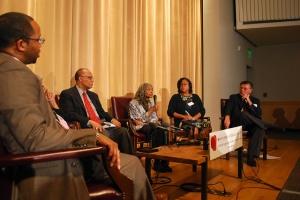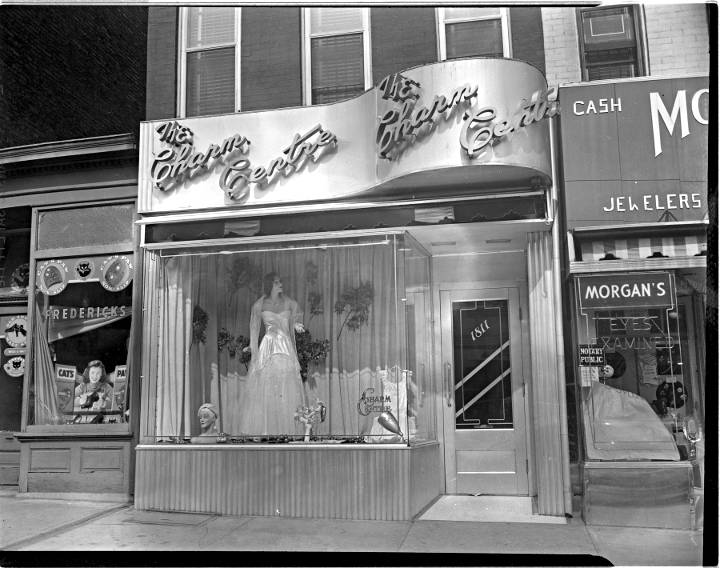Paul Henderson was a photojournalist who worked for the Afro-American newspaper and photographed civil rights activities, sports, street scenes, politicians, and countless unidentified people. Over 7,000 of his photographs are held at the Maryland Historical Society (MdHS) in Baltimore, Maryland. The exhibit Paul Henderson: Baltimore’s Civil Rights Era in Photographs, ca. 1940-1960 is on display at MdHS indefinitely and the reference photos of the original negatives are available to the public in the Special Collections Department in the MdHS library. The Henderson Collection finding aid can also be found on the MdHS website.
Through Henderson’s photos, this blog asks the question, “What was life like in Maryland for the African American community during the Civil Rights Era?” Browse through the articles about people, places, and events below or the Galleries pages to get an idea.
Video info: Interview with Vernon Dobson. McKeldin-Jackson Oral History Project Collection, Maryland Historical Society, OH 8131.
Transcript:
I think it’s a false assumption that negro progress has been born on the shoulders of a few people. And this is why I shun myself and [?] the leadership role, visible leadership role when it comes to being printed up in the press as a leader. Because I think it’s a false assumption on the part of any person to believe that he or she is the leader. We are participants of a process and the process is continuing. And it never ends. And isn’t going to end until everybody’s free.

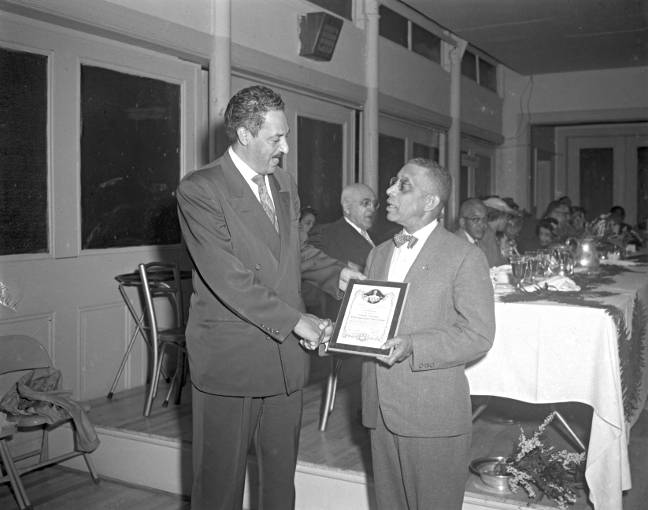

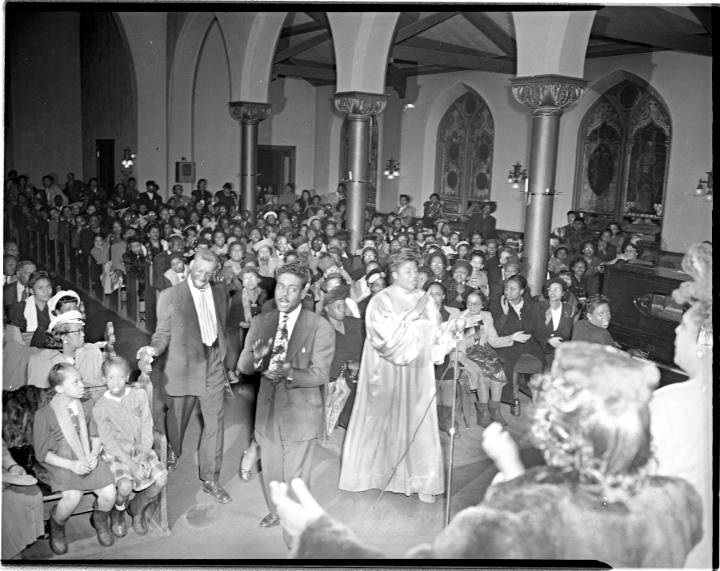


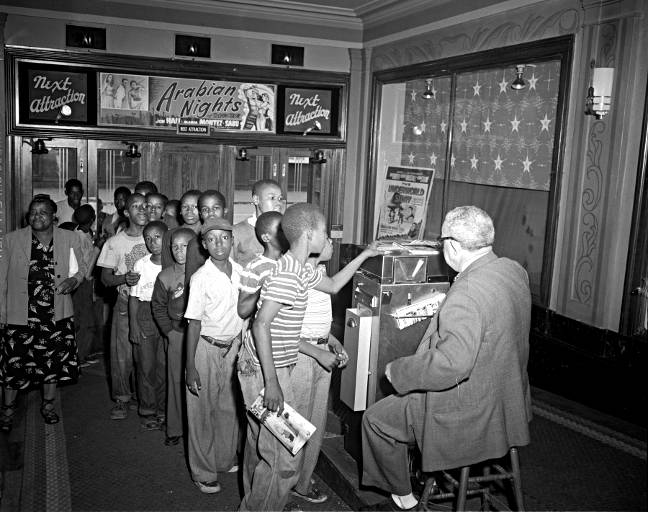
![Group portrait [NAACP lawyers with Esther McCready and others], 1950. Paul Henderson, HEN.02.07-019.](https://hendersonphotos.wordpress.com/wp-content/uploads/2013/02/hen_02_07-019.jpg?w=730)

